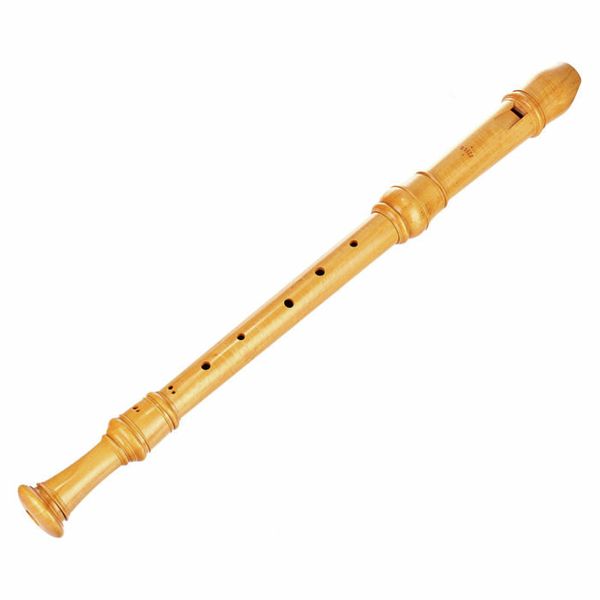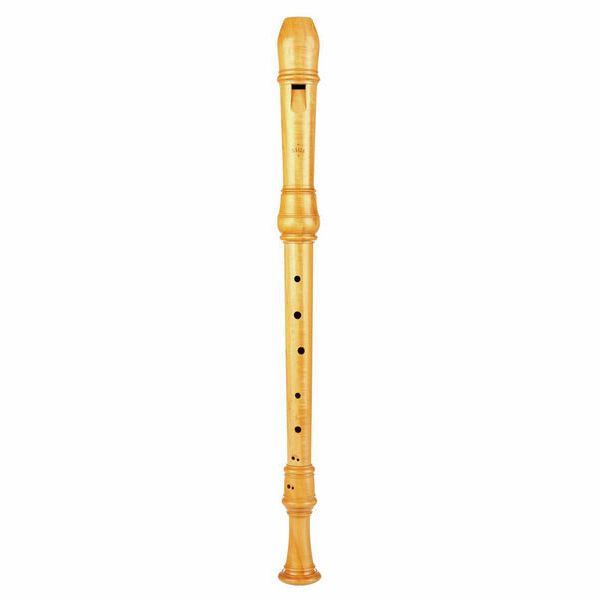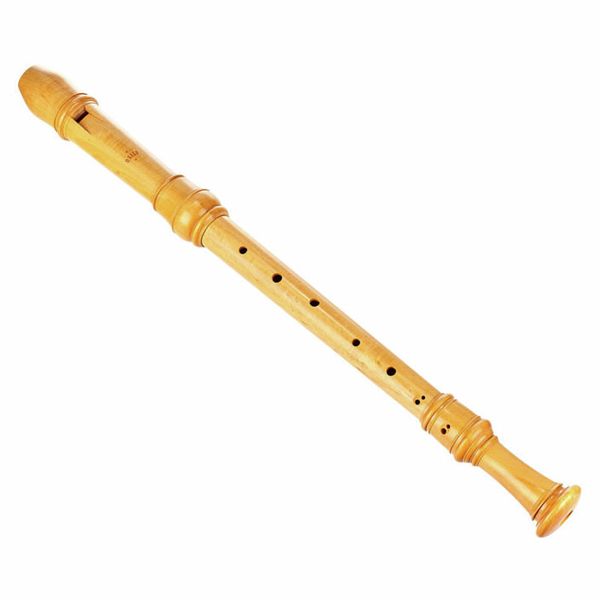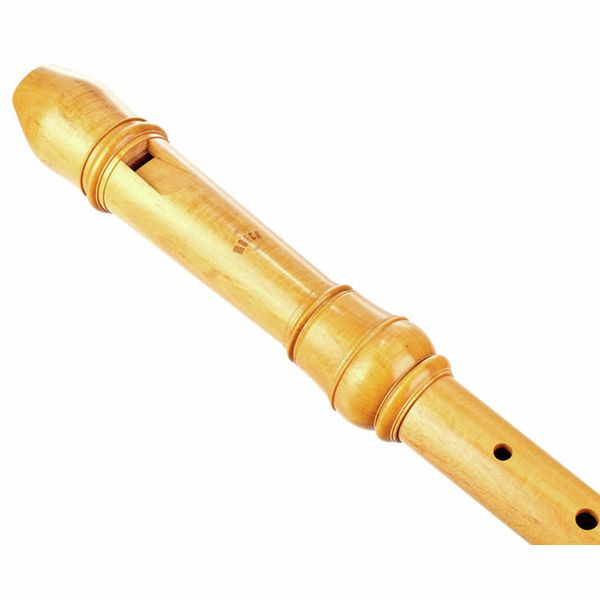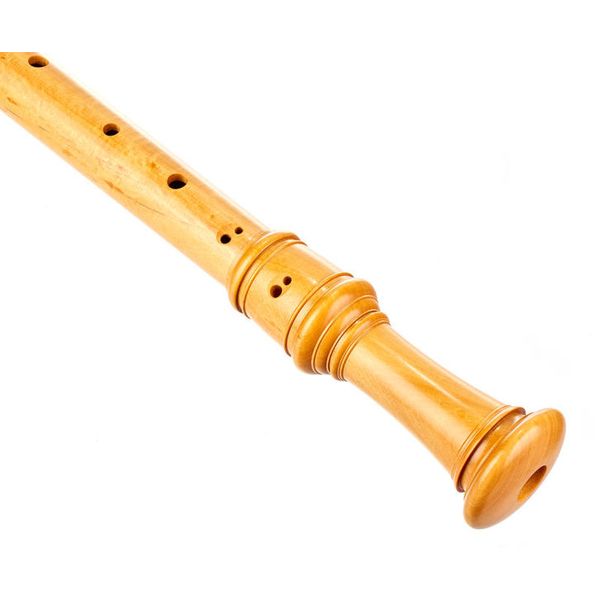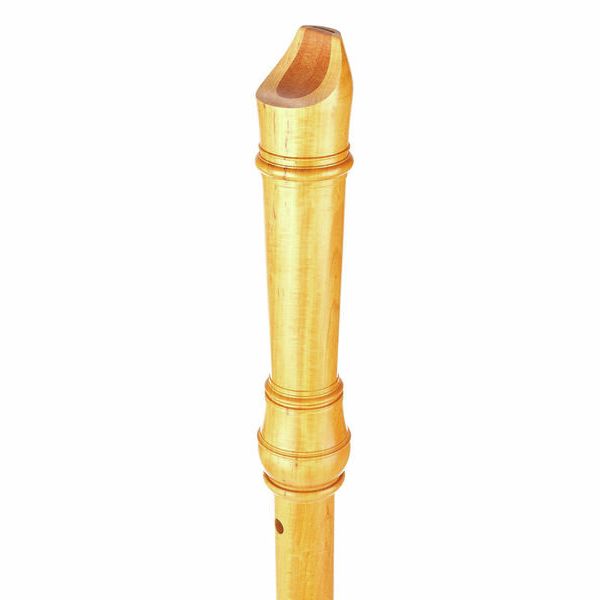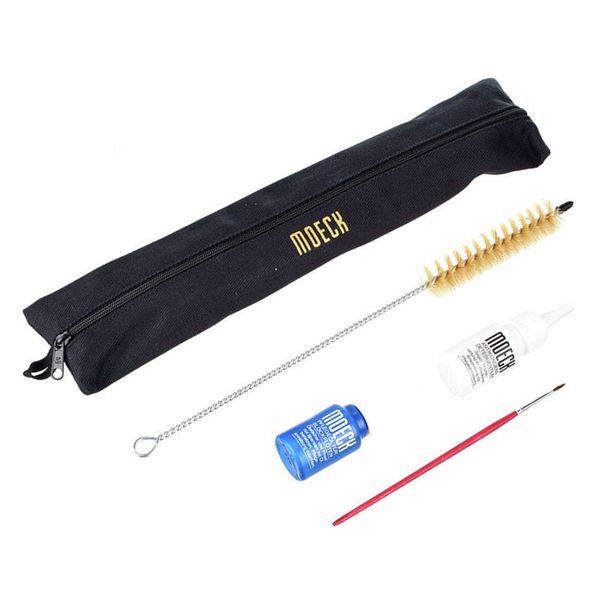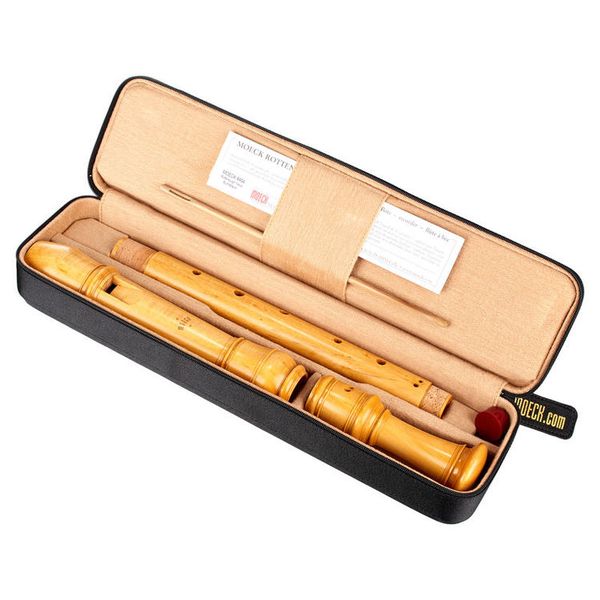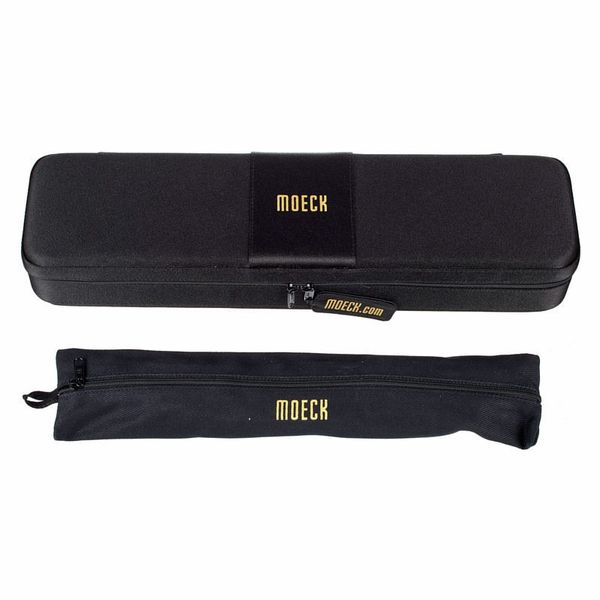Sajnos hiba történt. Kérjük, később próbálkozz újra.
Rottenburgh Tenor Recorder
Like the violin, the classical recorder also dates from the Baroque period. The cultural centres of that period were Paris, London, Amsterdam, Nuremberg and Brussels. The renowned recorder maker Friedrich von Huene has examined almost all remaining original instruments from this period, which are being held today in museums. From the sum of his data, the Moeck Rottenburgh baroque recorders in the style of the instruments by the recorder maker Jean-Hyacinth-Joseph Rottenburgh were created.
Characterised by their brilliant pitch and modern tuning, today they are the most frequently played Baroque solo recorders available, which have proven themselves to be an especially reliable instrument.
- Maracaibo boxwood
- Baroque fingering
- Double toneholes
- Includes a case, cleaning rod and -cloth, certificate, fingering chart, maintenance set
Rottenburgh Tenor Recorder
A hegedűhöz hasonlóan a klasszikus hanglemez is a barokk korból származik. A korszak kulturális központjai Párizs, London, Amszterdam, Nürnberg és Brüsszel voltak. Friedrich von Huene, a neves hanglemezkészítő szinte minden megmaradt eredeti hangszert megvizsgált ebből az időszakból, amelyeket ma múzeumokban őriznek. Adatainak összegéből születtek meg Jean-Hyacinth-Joseph Rottenburgh hangszeres stílusában a Moeck Rottenburgh barokk lemezek.
Ragyogó hangmagasságuk és modern hangolásuk jellemzi, ma már a leggyakrabban játszott barokk szólófelvevők, amelyek kifejezetten megbízható hangszernek bizonyultak.
- Maracaibo puszpáng
- Barokk fogászat
- Dupla tónusú lyukak
- Tartalmaz egy tokot, tisztítórudat és -kendőt, tanúsítványt, fogástáblázatot, karbantartási készletet

)

